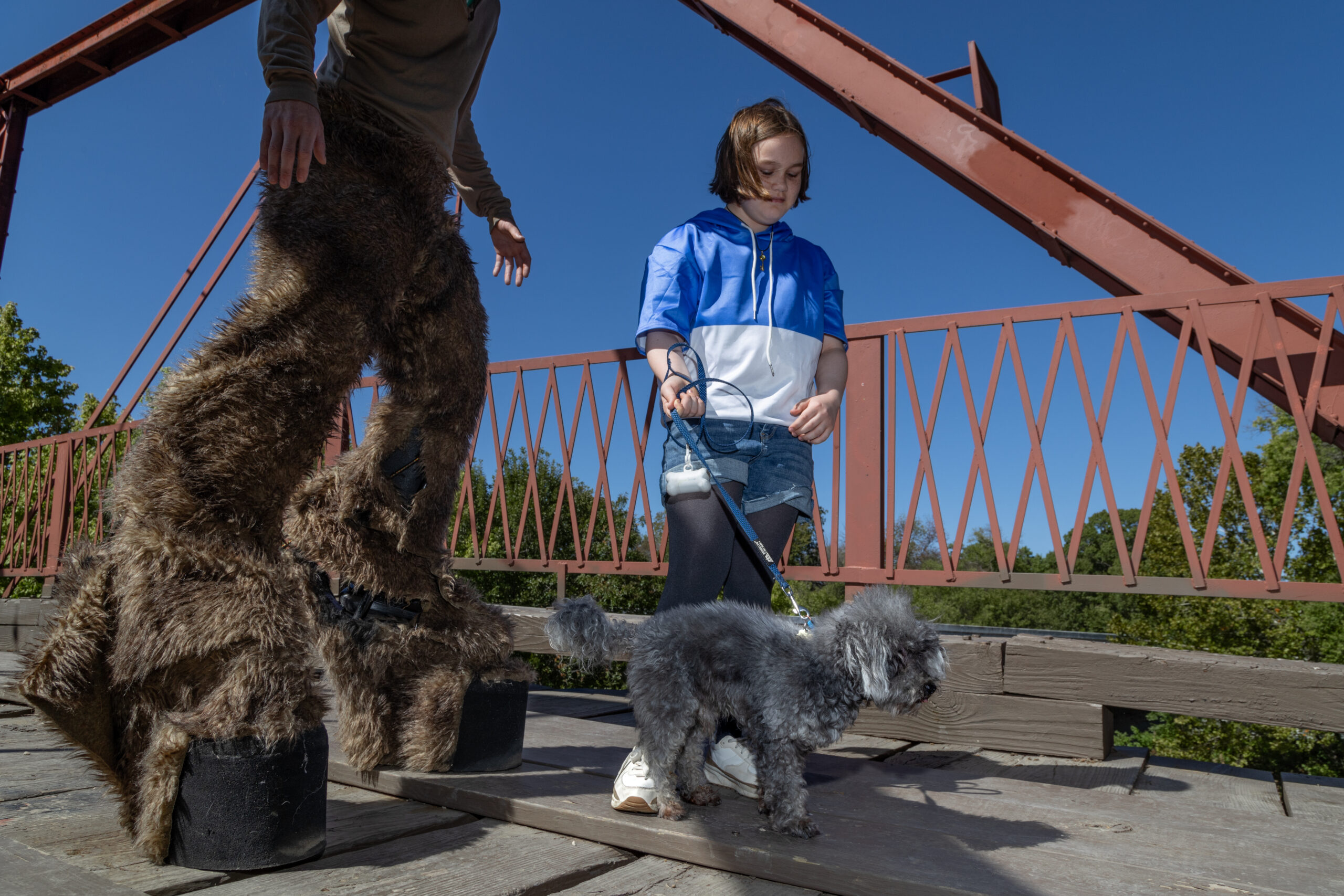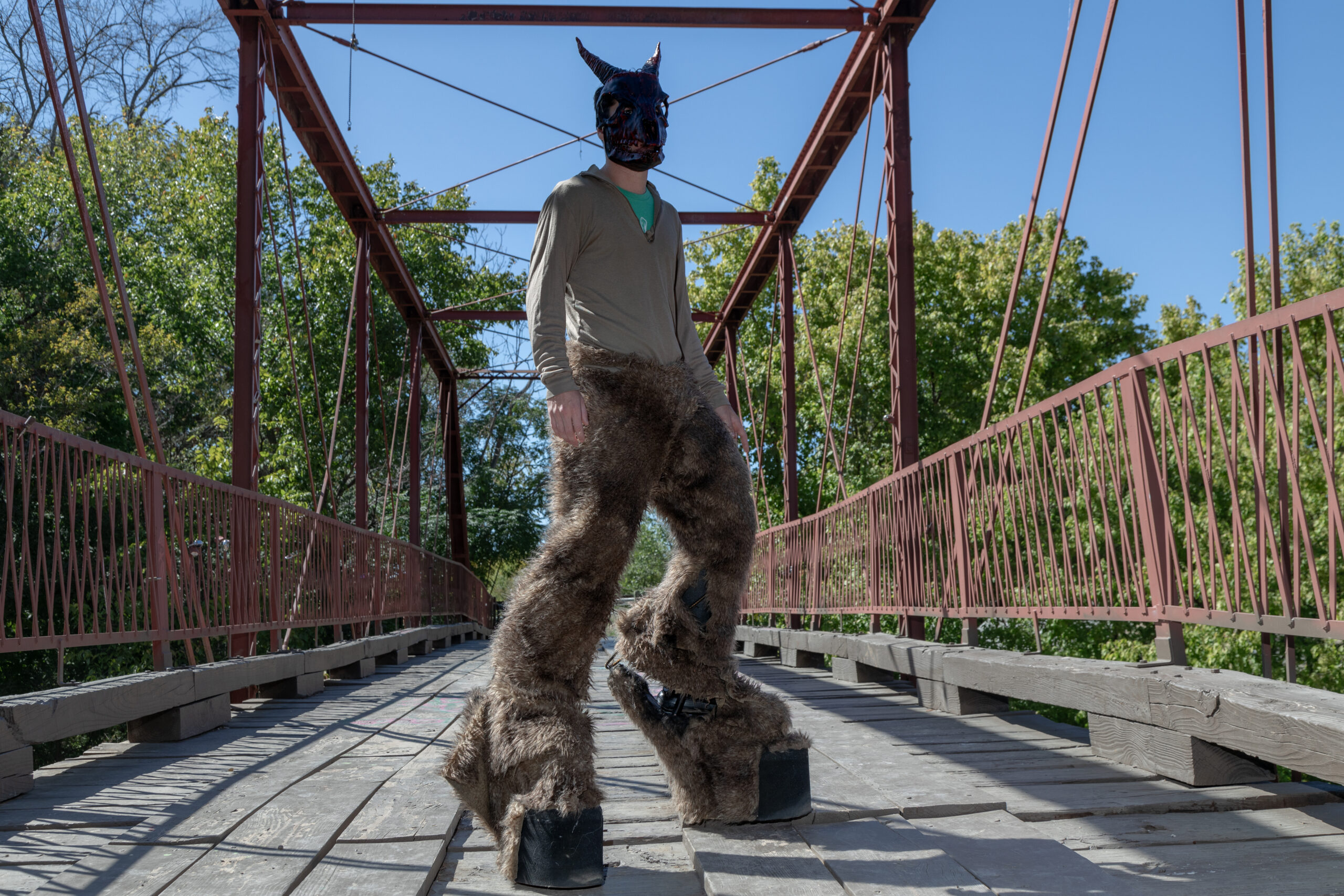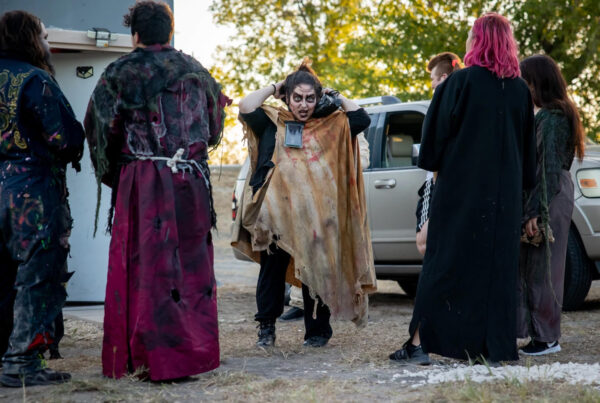DENTON — Out at the foot of the Old Alton Bridge, Shaun Treat tells me a ghost story.
It revolves around a man named Oscar Washburn.
“He was a successful goat farmer,” explains Treat. “He was known for quality meats and cheeses and milk, but also purses and waistcoats and things like that.”
Treat is a former professor at the University of North Texas, a local historian, and a ghost tour guide in Denton.
He tells me that according to legend, Washburn supposedly lived right off the Old Alton Bridge in the late-1930s, during a time when the iron truss bridge served as a key connection point in rural North Texas.
“The main passage to Dallas came through here,” says Treat. “There was a big bunch of nothing between here and downtown Denton Square. This was darkness, my man.”


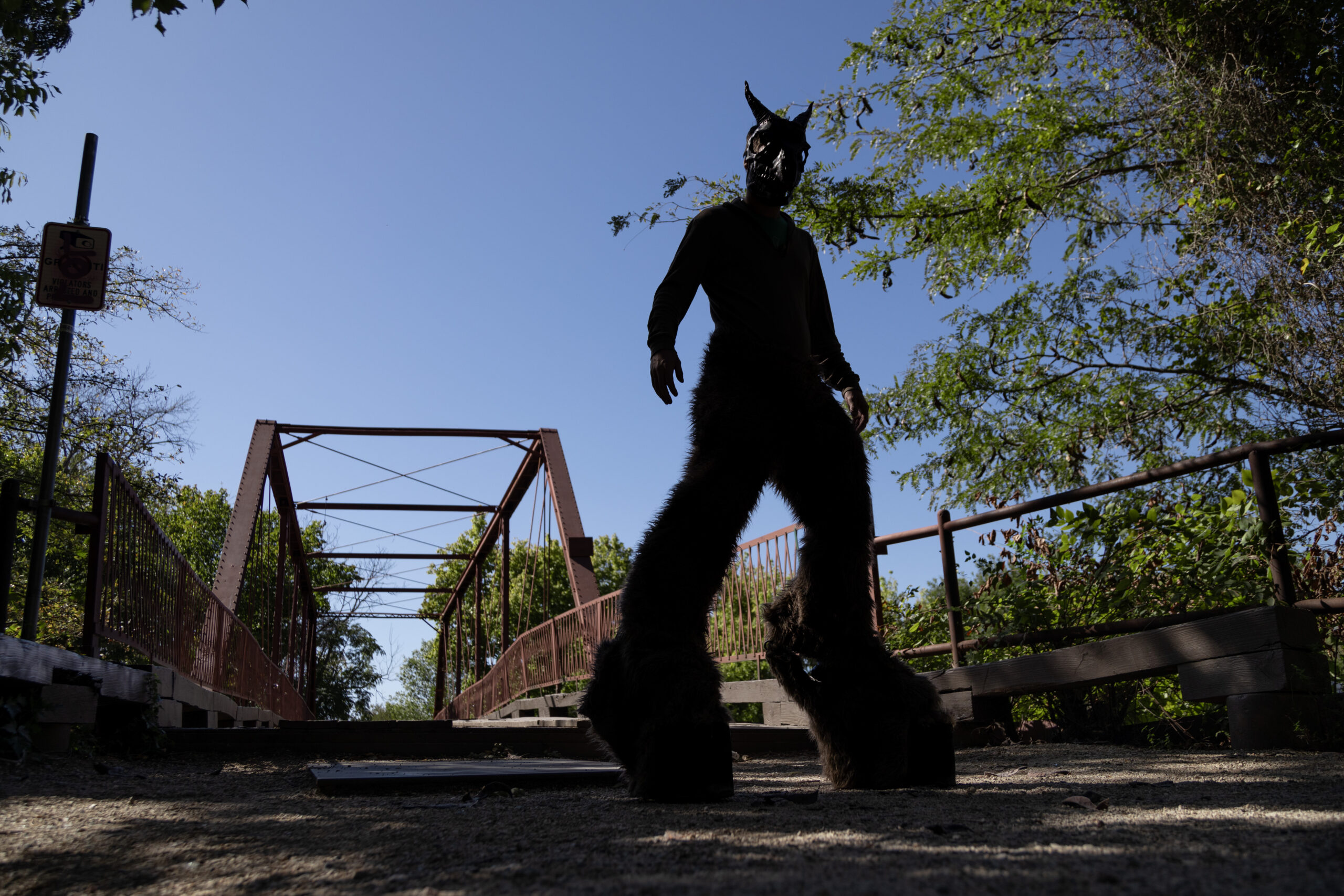
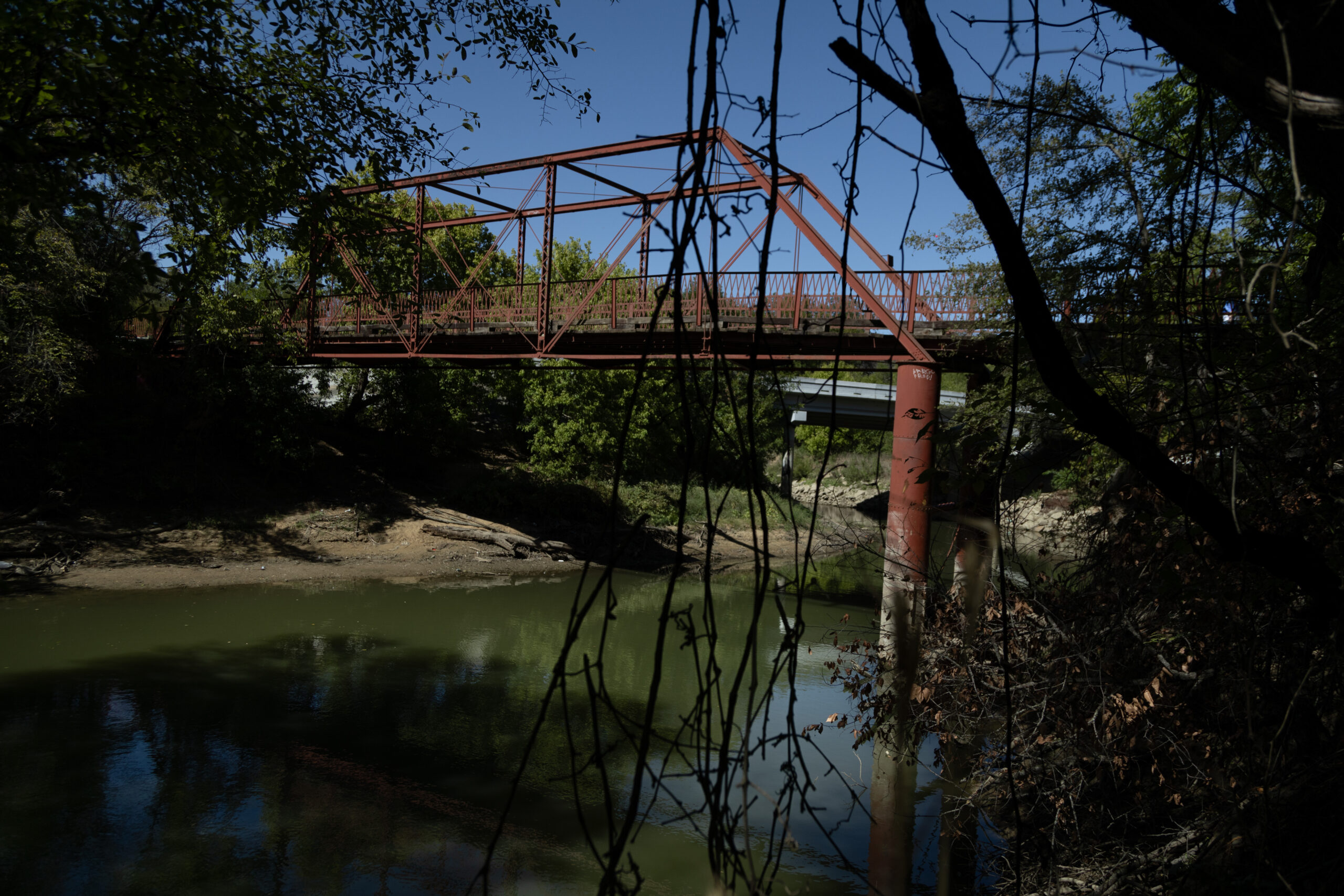
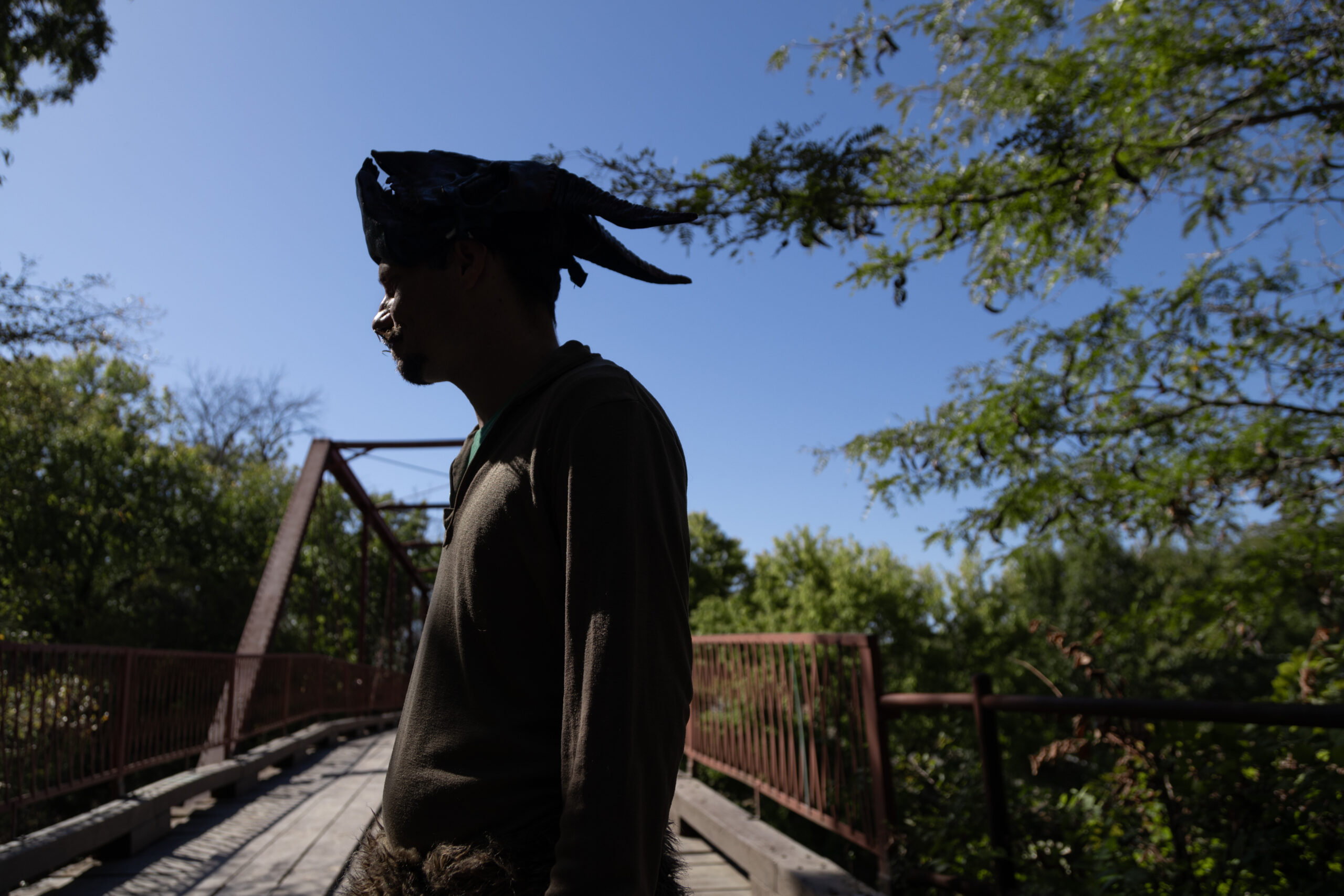
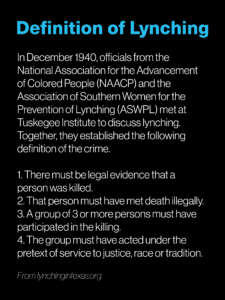 Hill teaches History and Black Studies at the University of Oklahoma and is the author of “
Hill teaches History and Black Studies at the University of Oklahoma and is the author of “